N.C. WYETH (1882-1945)
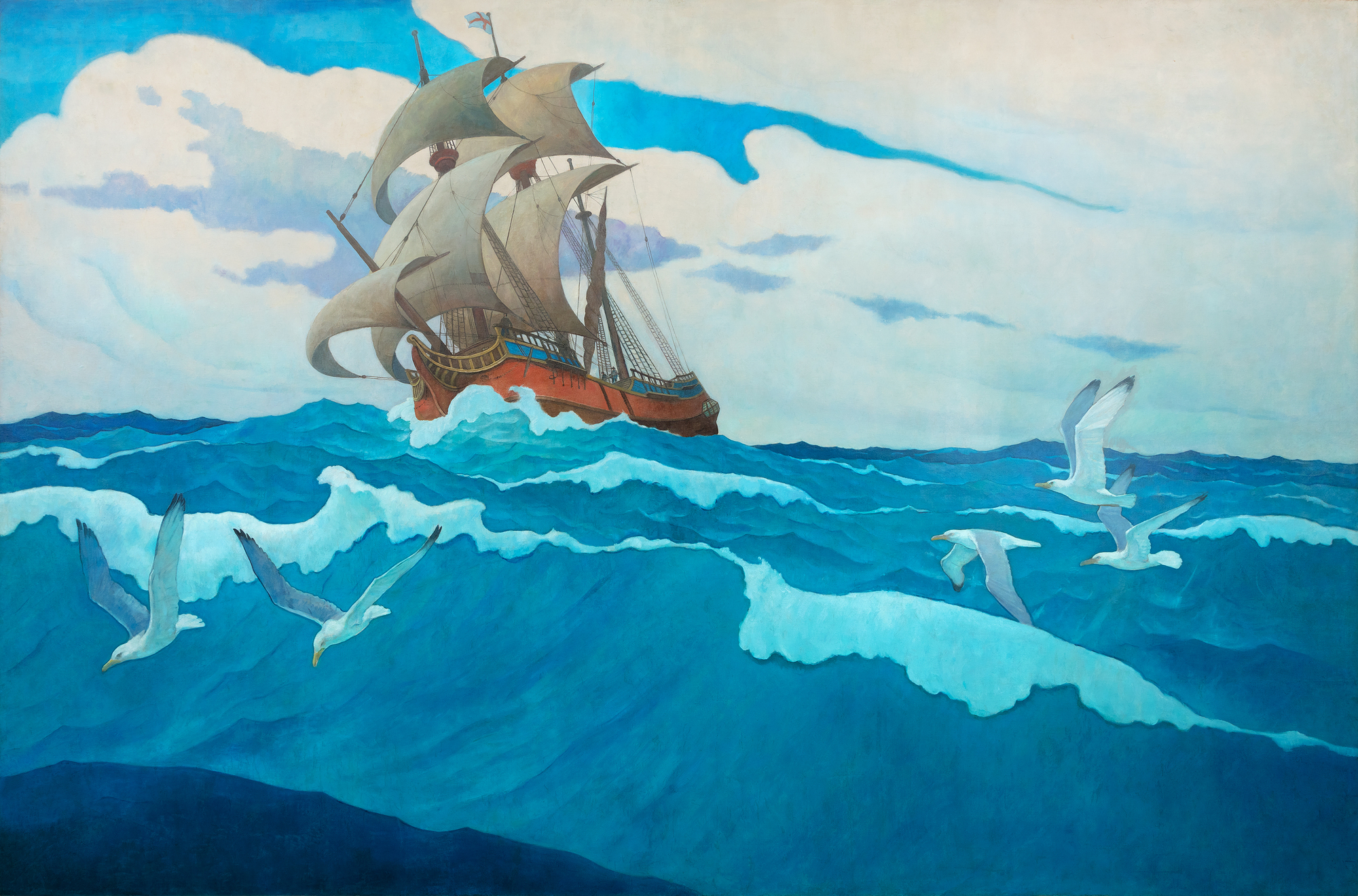
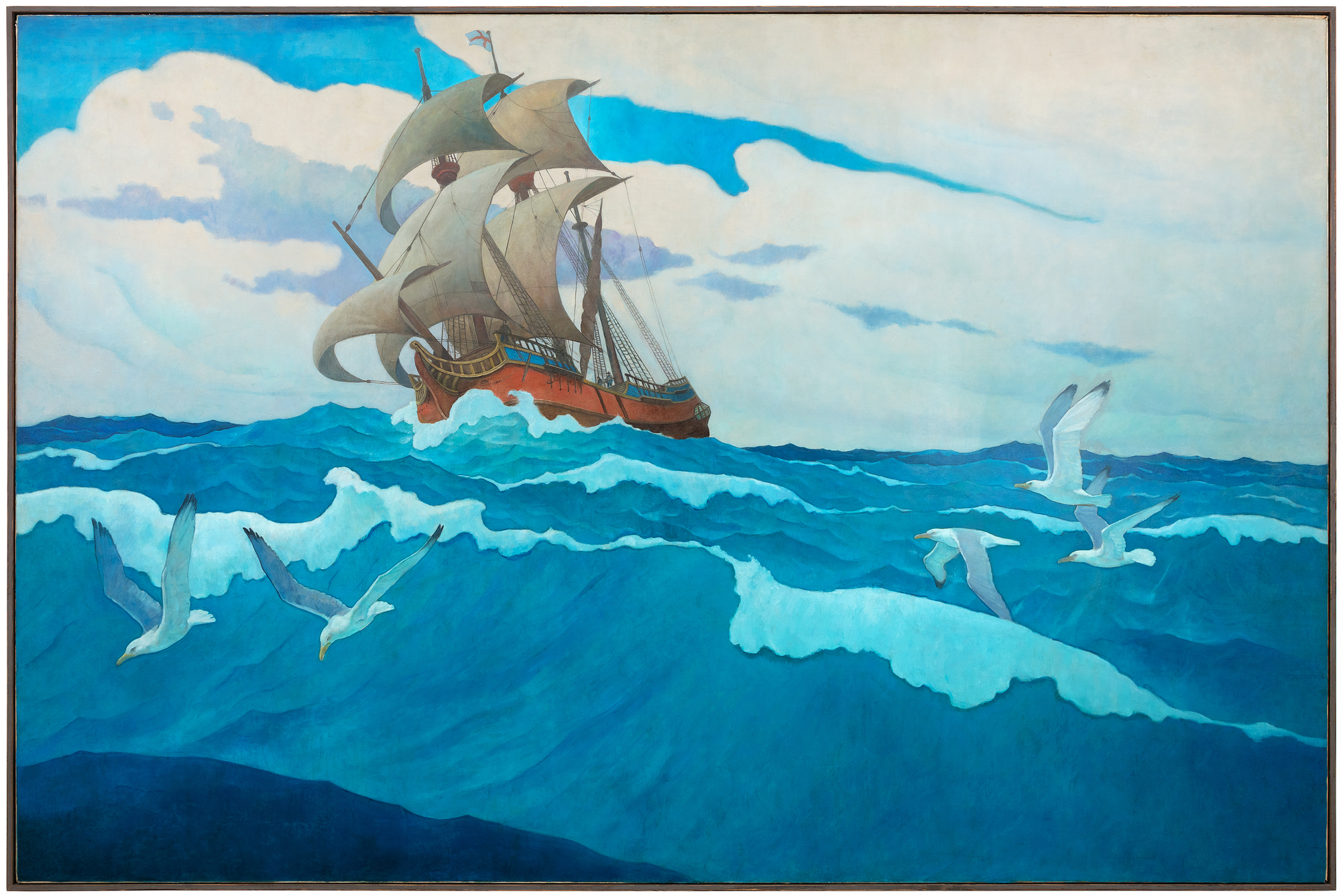
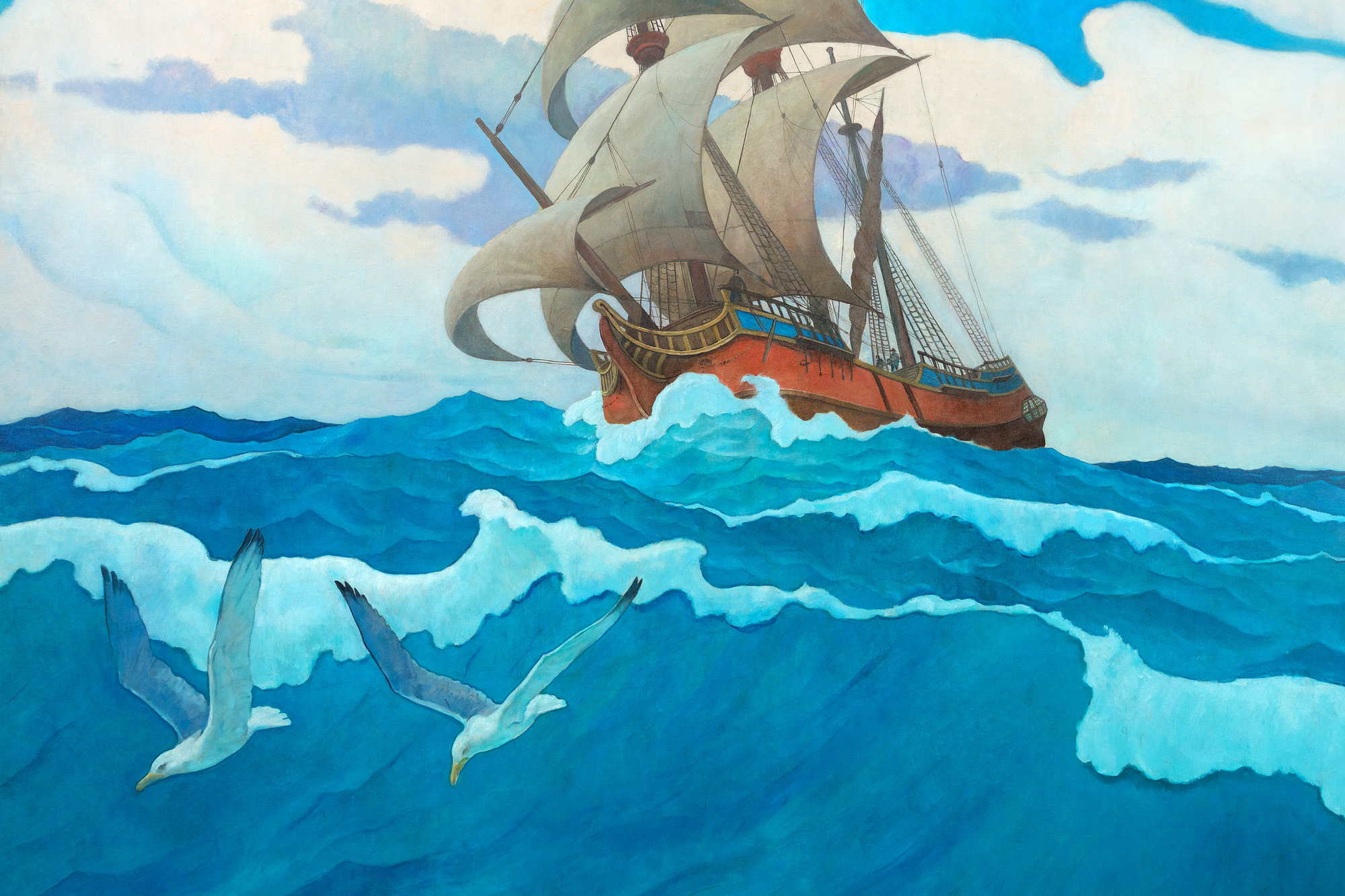
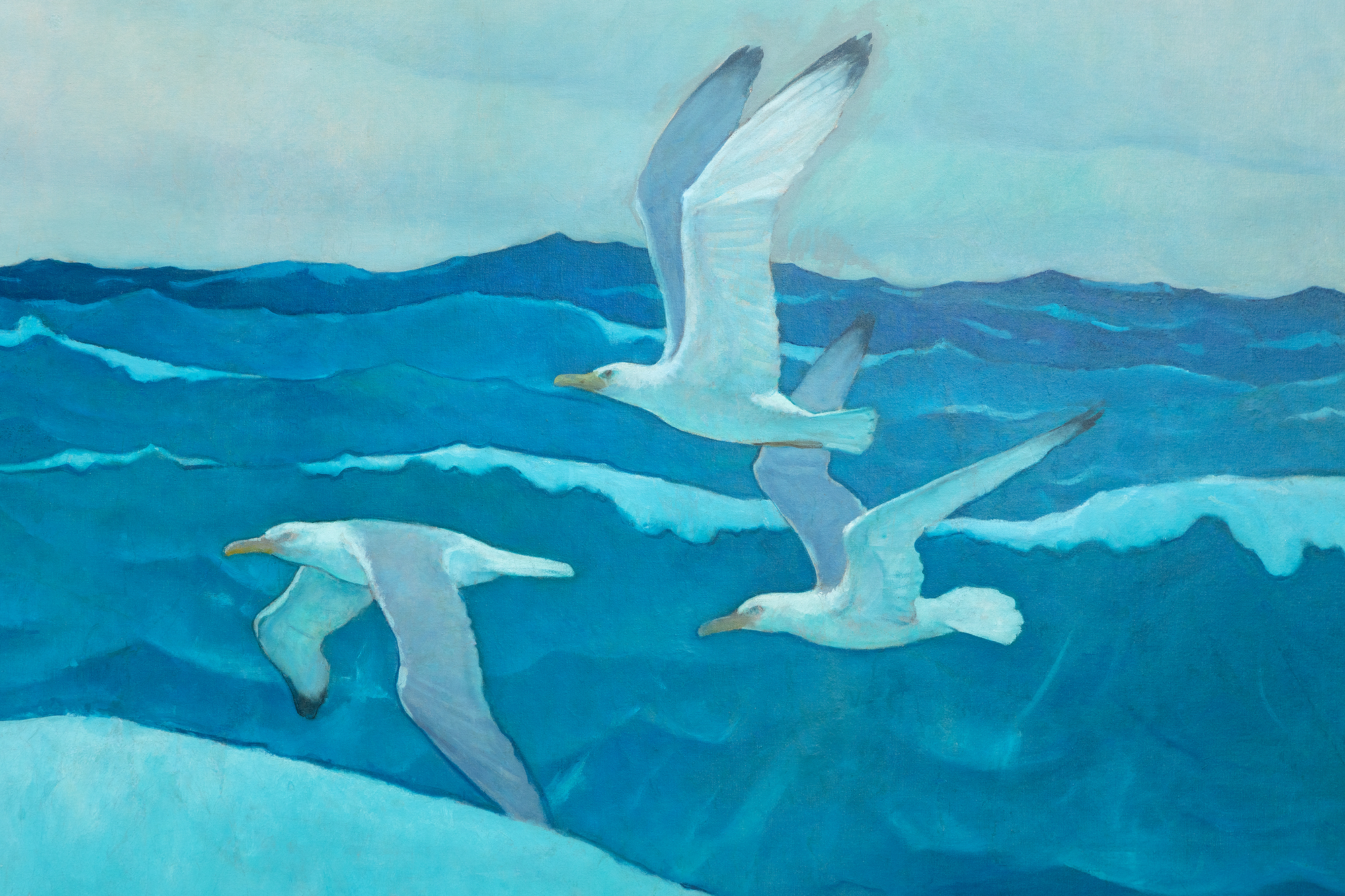
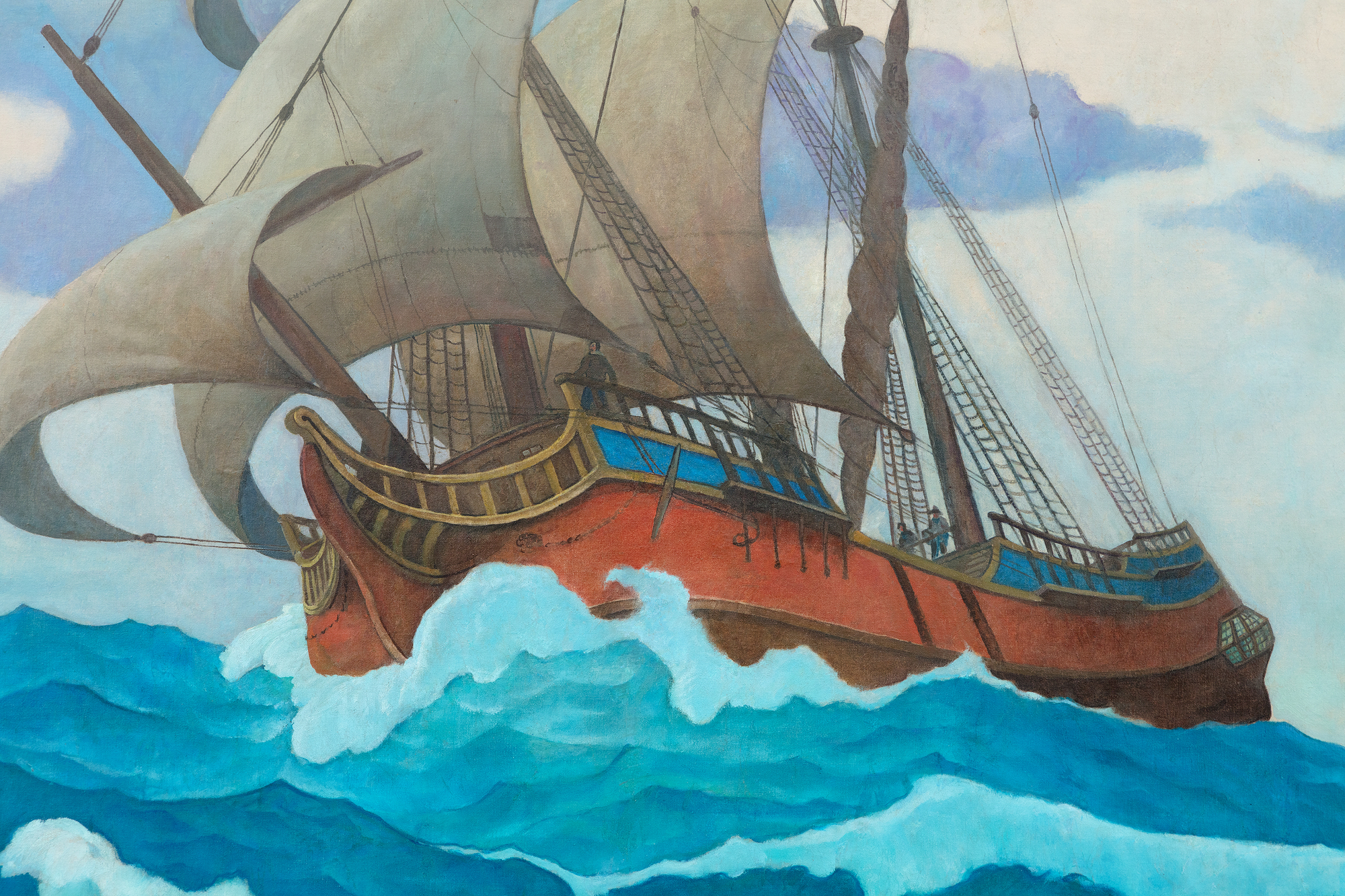
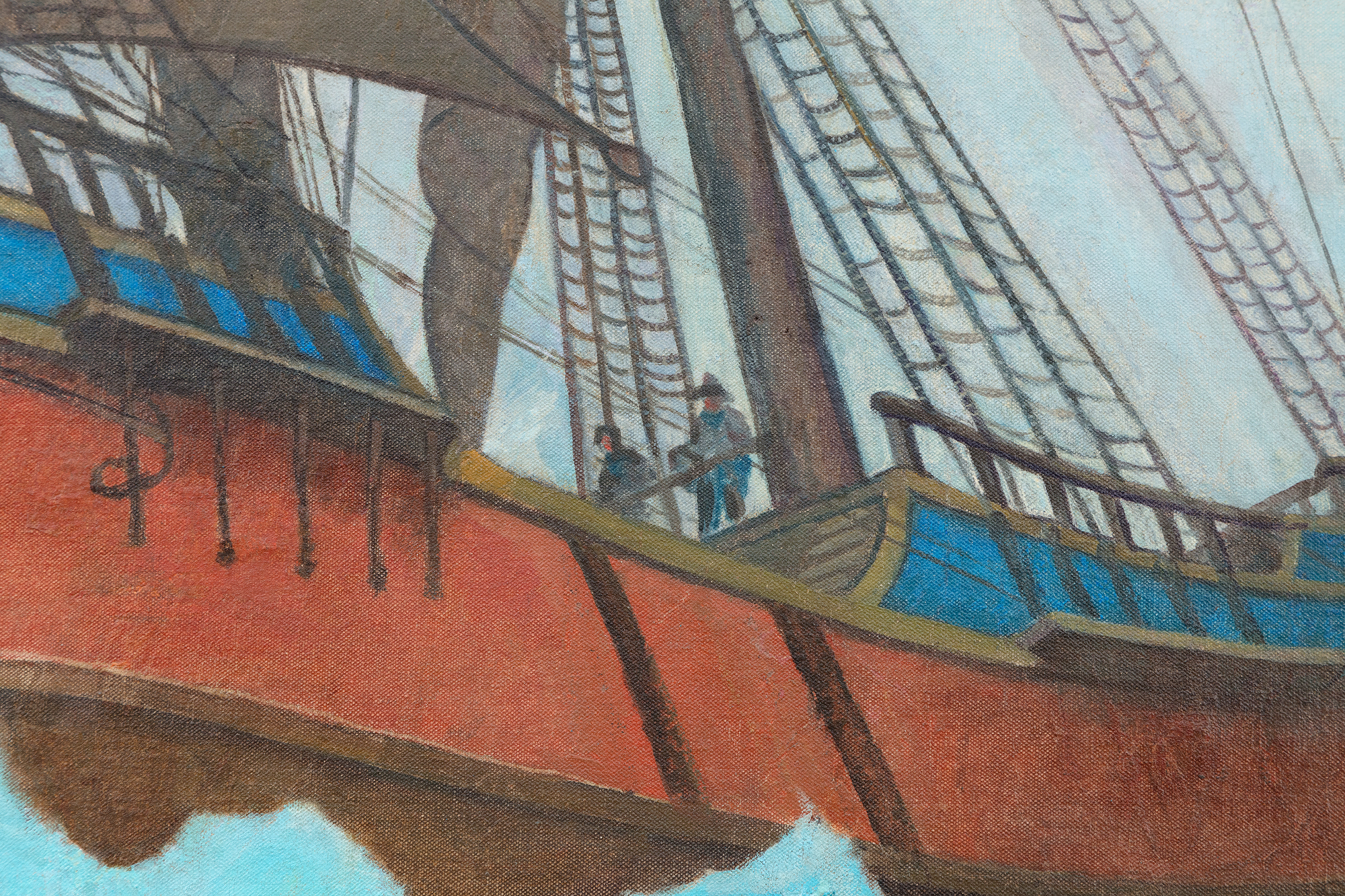
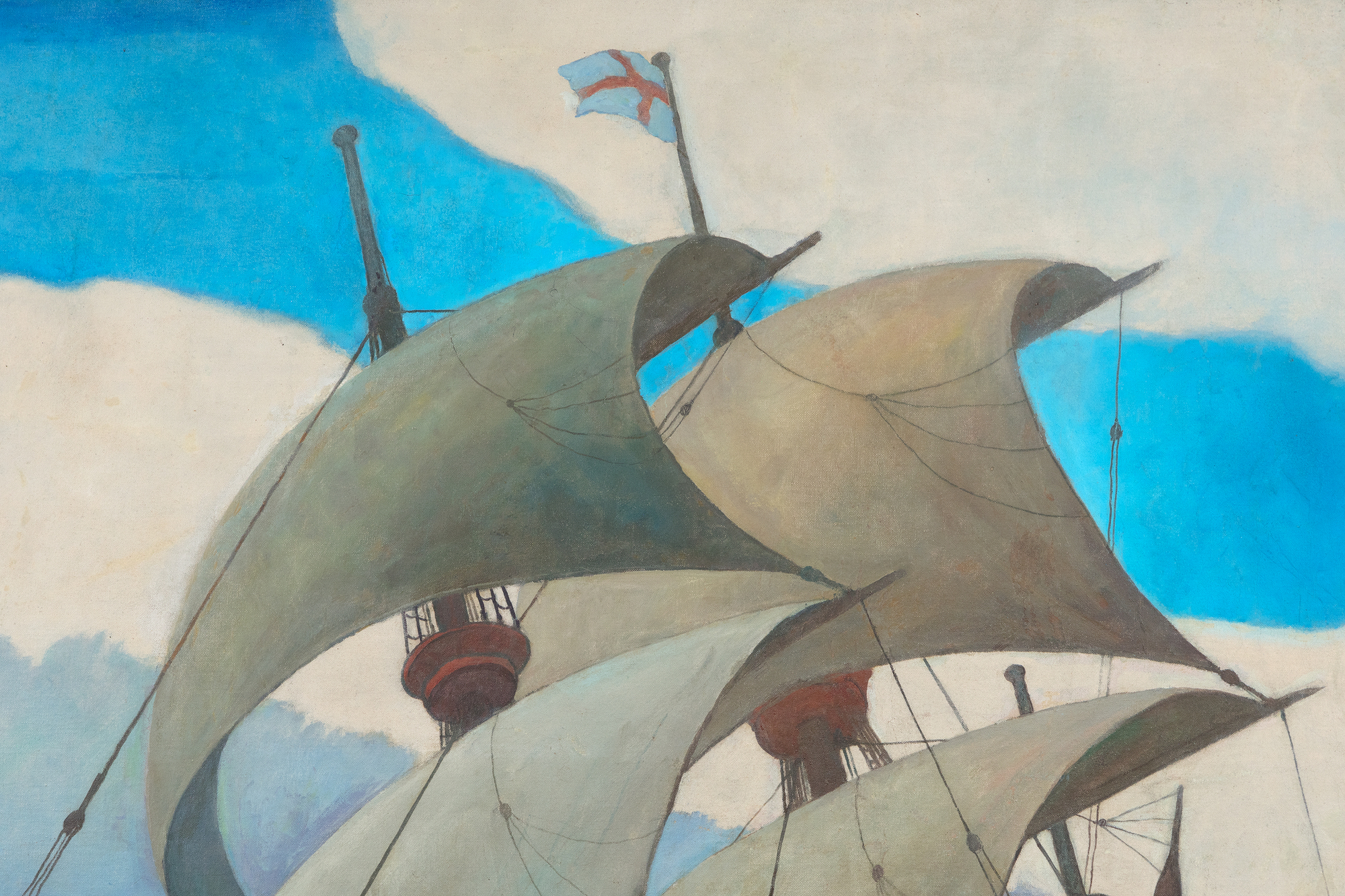
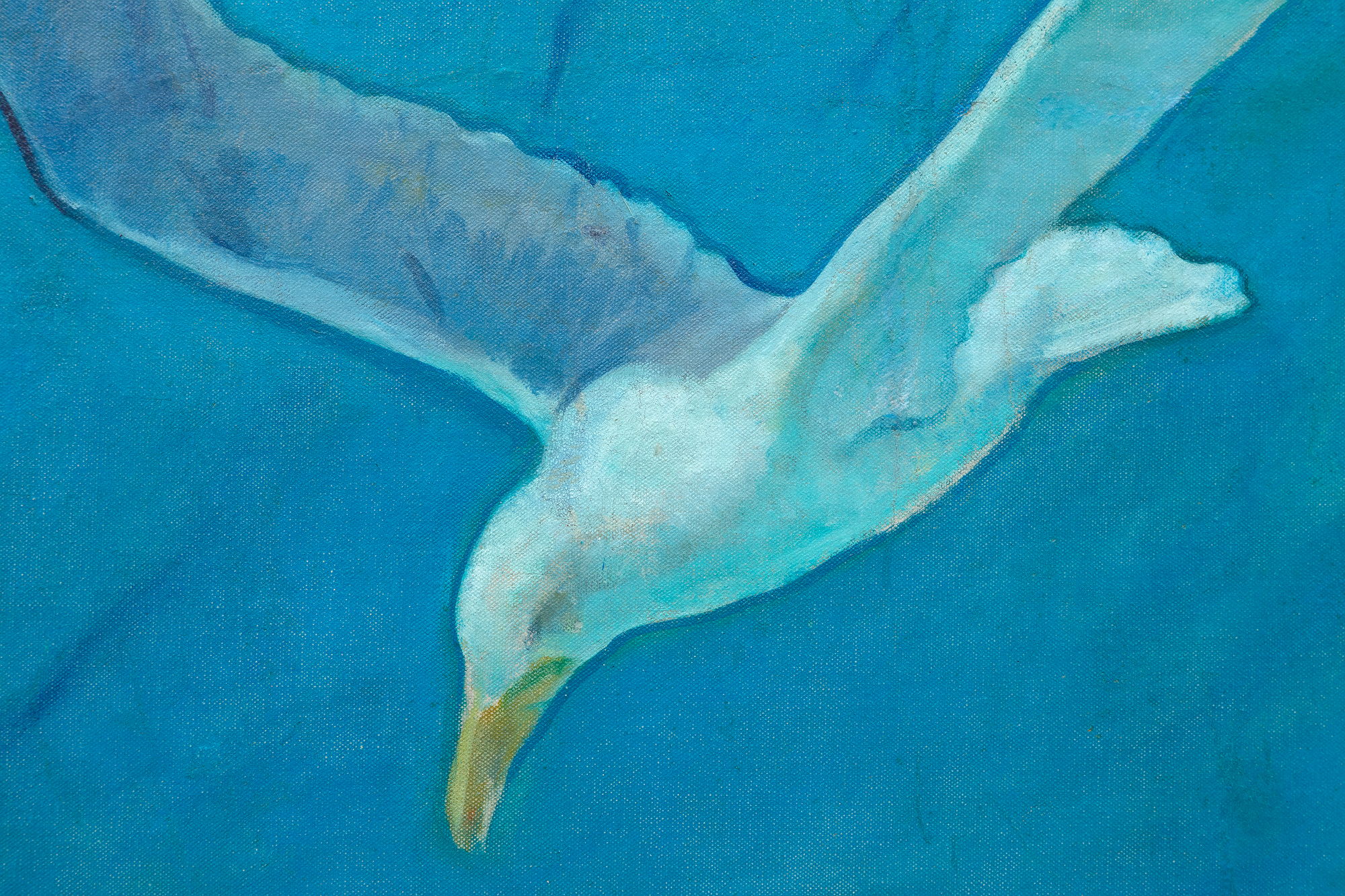
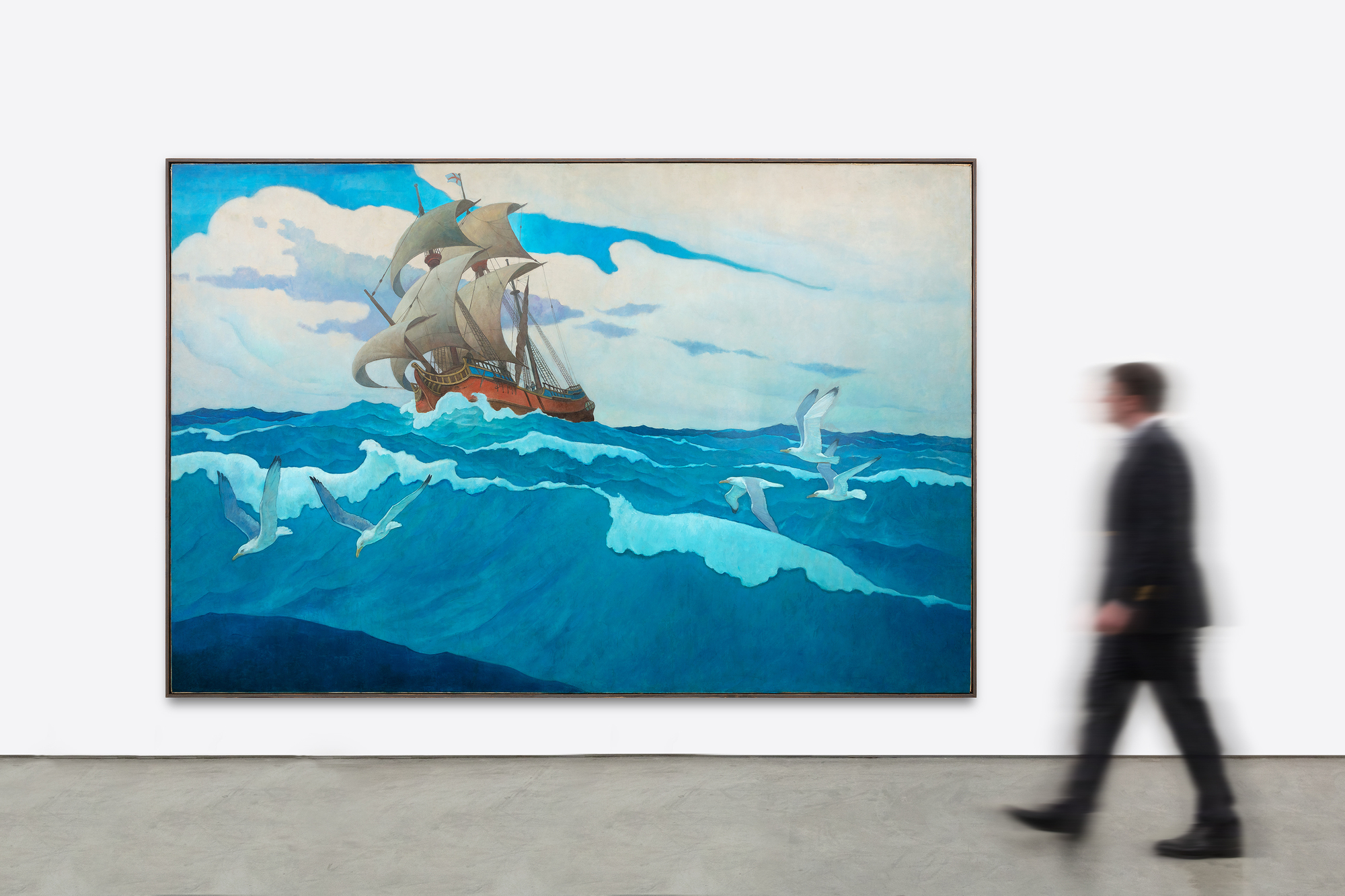
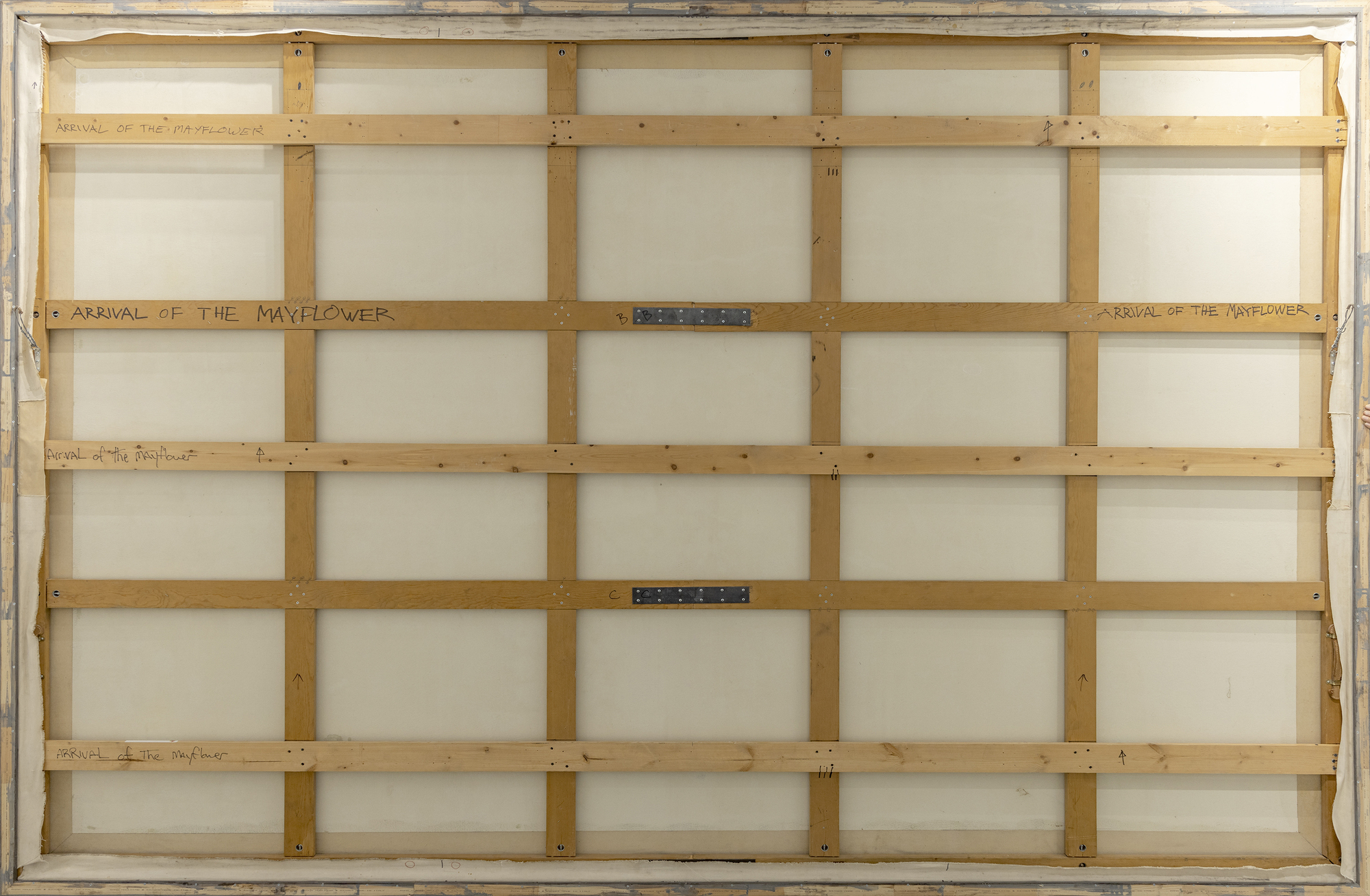
Provenance
MetLife, Inc. Collection d'entreprise (commandée pour les bureaux de New York)Heather James Fine Art, New York
Exposition
New York, NY, 1985, n° 13, "L'arrivée du Mayflower".Littérature
"The Days of the Pilgrims Live Again in Our Murals ", The Home Office (publication de la Metropolitan Life Insurance Co.), vol. 23, no 7 (déc. 1941).N. C. Wyeth, Income Tax Notes for 1941 (non publié, Brandywine River Museum Library)
Douglas Allen et Douglas Allen, Jr, N. C. Wyeth, The Collected Paintings, Illustrations and Murals (New York : Crown Publishers, 1972),...Plus..... ps. 169-172, illus. n/b p. 169
Robert San Souci, N. C. Wyeth's Pilgrims (San Francisco, CA : Chronicle Books, 1991), détail illustré. Sur le frontispice
Christine B. Podmaniczky, N. C. Wyeth, A Catalogue Raisonné of Paintings (Londres : Scala, 2008), M.67, p. 629
...MOINS.....
A propos de l'arrivée du Mayflower en 1620
Les extraordinaires compétences de N.C. Wyethen tant qu'illustrateur sont le fruit d'un dessin impeccable et, en tant que peintre, de son sens chaleureux et harmonieux de la couleur et de sa capacité à capturer la qualité de la lumière elle-même. Mais c'est son art inégalé de vivifier l'histoire et les personnages avec un puissant sens de l'ambiance que nous admirons par-dessus tout - la capacité de se transporter dans le monde et l'époque de sa création et de la transmettre avec un sens de la conviction envoûtant. Cette capacité est aussi évidente dans la complexité de la composition de "One More Step, Mr. Hands !" deL'Île au trésor qu'elle l'est ici, dans le récit sommaire d'un navire marchand du XVIIe siècle, au gréement carré, ballotté sur les mers. L'arrivée du Mayflower en 1620 est un simple exposé de faits observables, mais le génie impeccable de Wyeth en tant qu'illustrateur l'imprègne de l'air salin vivifiant et du goût qui saisit l'esprit d'aventure des hommes et des femmes auxquels on attribue en grande partie la fondation de l'Amérique. Cet esprit est porté par le vent et les voiles tendues, la gîte joviale du navire au nez d'un coup de vent violent, les nuages poussés et limités par des filets, et les mouettes disposées de façon joviale pour célébrer l'arrivée du navire comme si elles étaient les anges de la providence le guidant vers un port sûr.
L'arrivée du Mayflower en 1620 était basée sur deux études, un dessin de composition au graphite et une petite peinture de présentation. La peinture murale terminée semble avoir été installée en 1941.
Histoire
Avant la télévision et à une époque où le cinéma en était encore à ses balbutiements, les illustrations de N. C. Wyethélectrisaient les histoires qu'il façonnait et annotait visuellement. En tant que jeune lecteur de "L'île au trésor", qui peut nier l'urgence de lire la prochaine illustration sur papier glacé ? Ou, dans un élan d'excitation, de feuilleter les pages à plusieurs reprises pour découvrir les images à venir, si vivantes et si pleines de bravoure ?
En 1939, la Metropolitan Life Company propose à Wyeth une commande d'un genre différent : une série de peintures murales sur toile qui reposent moins sur la bravade, peut-être, mais plutôt sur un sens profond du temps et du lieu. Elles offriraient une vision énergique et grandiose et exprimeraient l'esprit de la fierté nationale en célébrant les valeurs fortes qui expriment ce que signifie être américain. Wyeth était ravi. Les quatorze panneaux muraux qu'il accepta de réaliser donneraient vie au monde des pèlerins et "serviraient d'expression graphique et dramatique de l'esprit de la Nouvelle-Angleterre" (Douglas Allen, et al., N. C. Wyeth : The Collected Paintings, Illustrations, and Murals, pg . 169). Wyeth, artiste d'une habileté inégalée et pleinement investi dans l'authenticité des personnages qui peuplent ses récits, a savouré l'occasion de transmettre la fierté qu'il ressentait envers son passé ancestral.
"La romance des débuts de la colonisation, en particulier celle des Pèlerins du Massachusetts, m'a toujours passionné. Mon ancêtre, Nicholas Wyeth, est venu du Pays de Galles au Massachusetts en 1647. L'esprit des premiers jours sur la côte du Massachusetts était un sujet souvent discuté à la maison. Je suis né à Needham, non loin de la ville de Plymouth, où j'ai fait de nombreux pèlerinages durant mon enfance, passant des journées passionnantes dans ce territoire historique et ses environs. Avec ce contexte, il était naturel que mon esprit et mon cœur s'envolent vers Plymouth et les Pèlerins comme sujet approprié pour une série de peintures de la Nouvelle-Angleterre. Si la chaleur et l'attrait de ces peintures sont évidents pour ceux qui les étudient, c'est principalement parce qu'elles sont, d'une certaine manière, une déclaration de ma propre vie et de mon héritage". (Douglas Allen, et al., N. C. Wyeth : The Collected Paintings, Illustrations and Murals, pg. 171)
plus deLES CONNAISSANCES DU MARCHÉ
- Le graphique préparé par Art Market Research montre que les peintures de N.C. Wyeth ont augmenté à un taux de croissance annuel composé de 11 % depuis 1976.
Le prix record pour N.C. Wyeth lors d'une vente aux enchères a été établi en 2018 lorsque Portrait of a Farmer, un tableau plus petit datant de 1943, a été vendu pour près de 6 millions de dollars.
- Aucune peinture de N.C. Wyeth aussi monumentale n'a été vendue aux enchères.
Les meilleurs résultats pour N.C. Wyeth aux enchères

"Portrait of a Farmer (Pennsylvania Farmer)" (1943) vendu pour 5 985 900 USD.

"Hands Up" (1906) a été vendu pour 4 951 500 USD.

"Indian Love Call" (1927) a été vendu pour 3 510 000 USD.
Peintures de N.C. Wyeth dans les collections des musées
Metropolitan Museum of Art, New York
Musée d'art de Philadelphie, Pennsylvanie
Musée d'art de la rivière Brandywine, Chadds Ford, Pennsylvanie
Musée Peabody Essex, Salem, Massachusetts
Musée Gilcrease, Tulsa, Oklahoma
Galerie d'images
Ressources supplémentaires
"Mon père" par Andrew Wyeth
La maison et le studio de N.C. Wyeth
Composition Dessin
demander
Vous pouvez également aimer























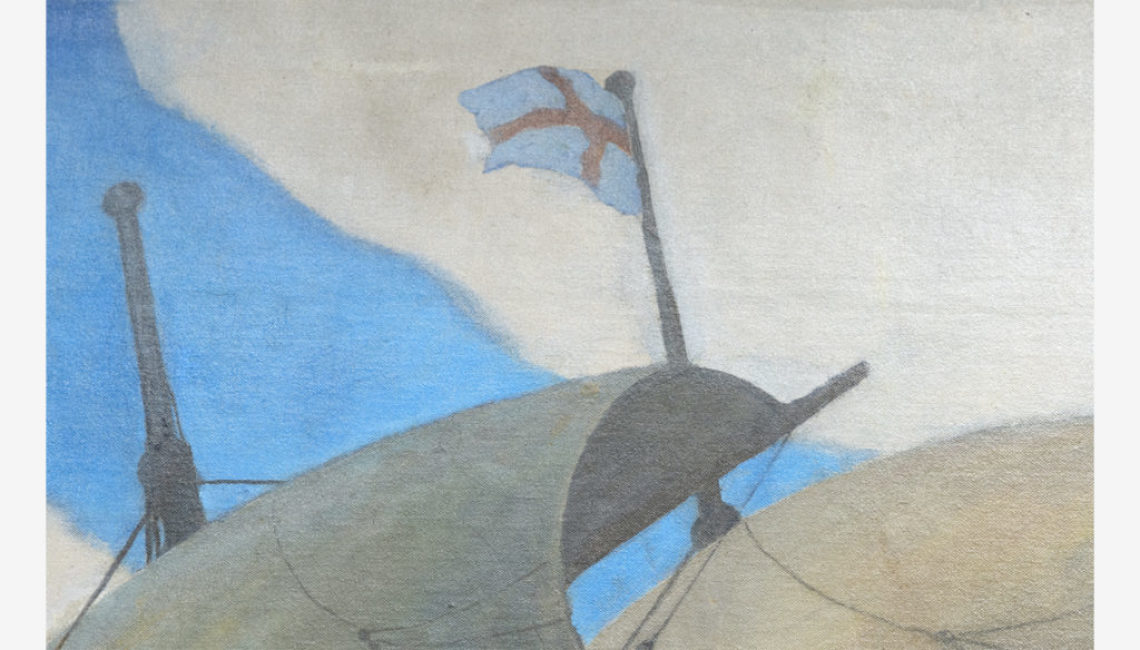




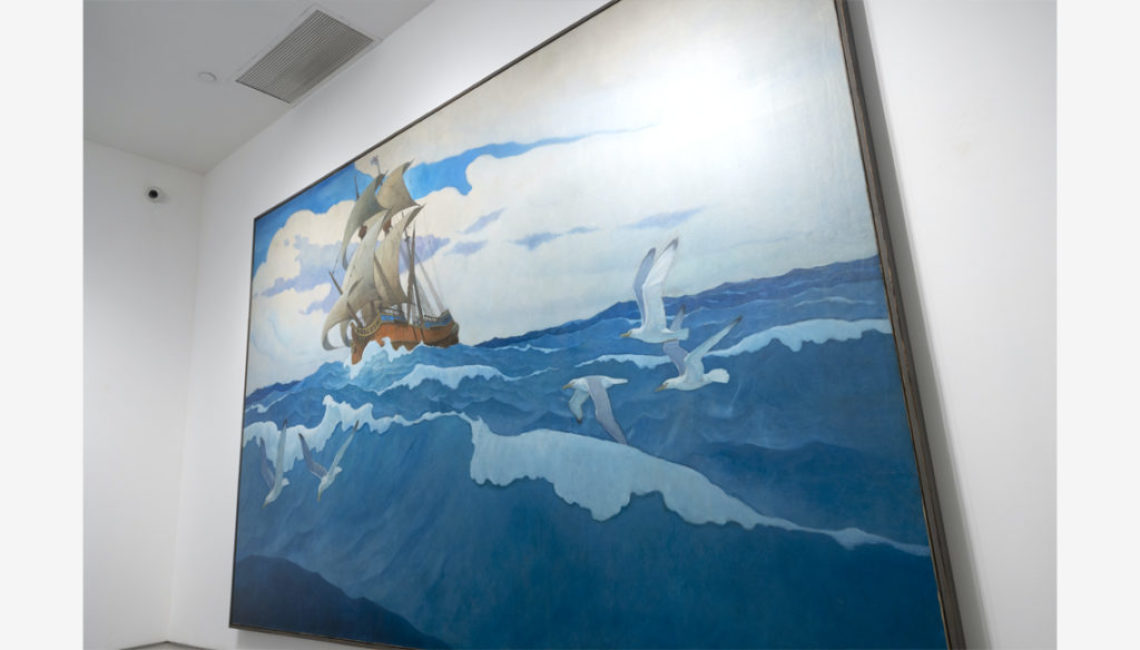

















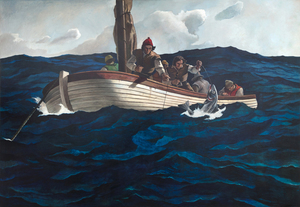
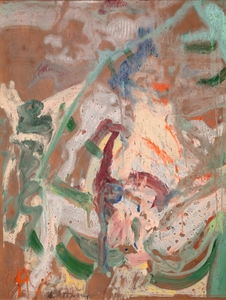
_tn28438.jpg )
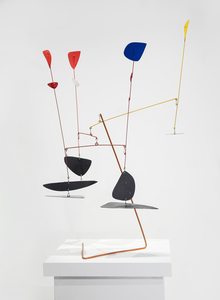
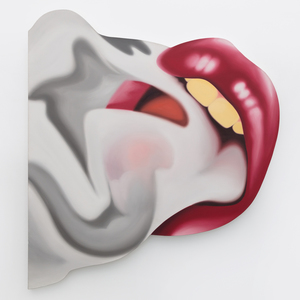
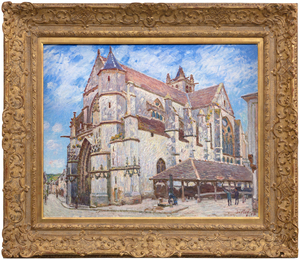
_tn45742.jpg )
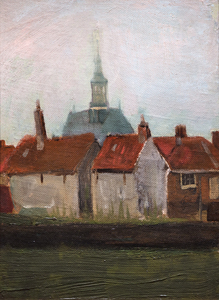
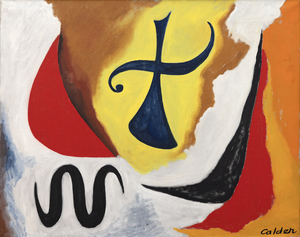
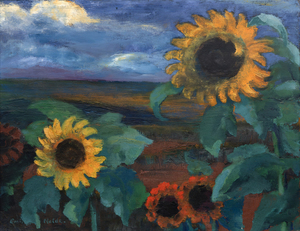

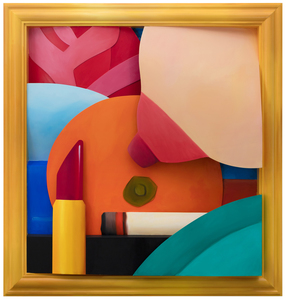
_tn45731.jpg )
_tn45734.jpg )
_tn43950.jpg )
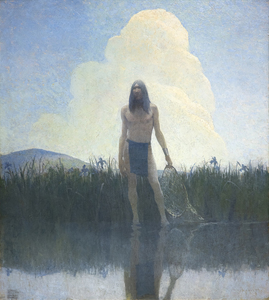
_tn45741.jpg )
_tn45739.b.jpg )
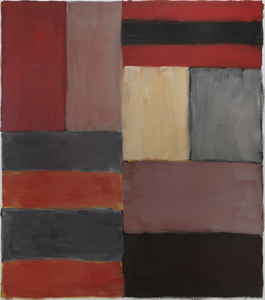
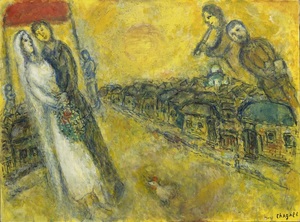
_tn45733.jpg )
_tn40169.jpg )
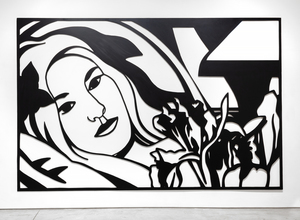
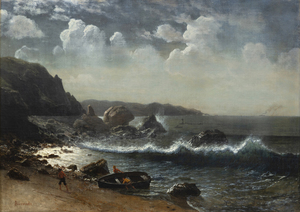
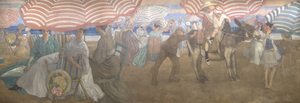
![SIR WINSTON CHURCHILL-View of Loch Choire (C 51) Painted while staying at Dunrobin Castle, the estate of the Duke of Sutherland, Churchill chose to set his easel behind a tree where he likely thought of it as a framing device, adding a layer of depth, creating a stronger sense of foreground, middle ground, and background, enhancing the three-dimensionality of the picture. Churchill painted at both Dunrobin as well as the Duke’s Sutton Place estate, later the home of John Paul Getty.<br><br>As Mary Soames describes it in her book, Winston Churchill, His Life as a Painter, “1921 had been a year of heavy personal tidings” for Churchill and his family, as he lost both his mother, Jennie Cornwallis-West, and his beloved child, Marigold, aged nearly four. In a letter to his wife Clementine, Churchill wrote, “… Many tender thoughts, my darling one of you and yr sweet kittens. Alas I keep on feeling the hurt of the Duckadilly [Marigold’s pet name].” That Churchill chose to stay with the Duke and Duchess at Dunrobin just after Marigold’s death speaks to their close friendship and his fondness for the area, including Loch Choire. It is no surprise that Churchill gifted the painting to the Duke of Sutherland](/Art_Images/Small/sir_winston_churchill_view_of_loch_choire_(c_51)_tn45743.jpg )
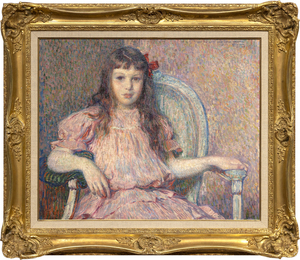
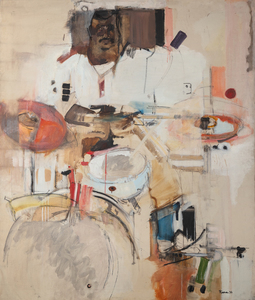
_tn45732.jpg )
_tn27035.jpg )